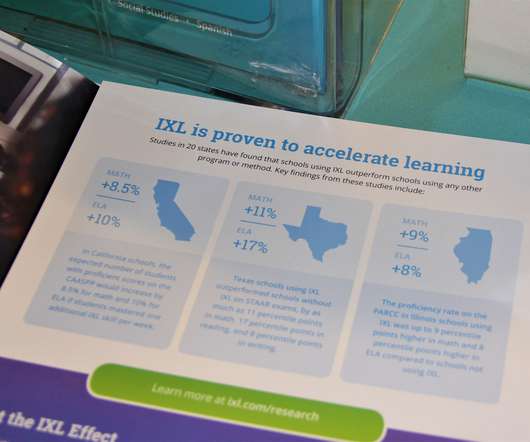U.S. K-12 Educational Technology Policy: Historical Notes on the Federal Role
Doug Levin
APRIL 21, 2016
Consider this post (light on analysis, heavy on the archiving of primary source material) one for the wonks, students, and historians. the language that describes the purpose, structure, and requirements of the program); official guidance (i.e., the more detailed program rules, as determined by the U.S. FY 2001: $450,000,000.













Let's personalize your content